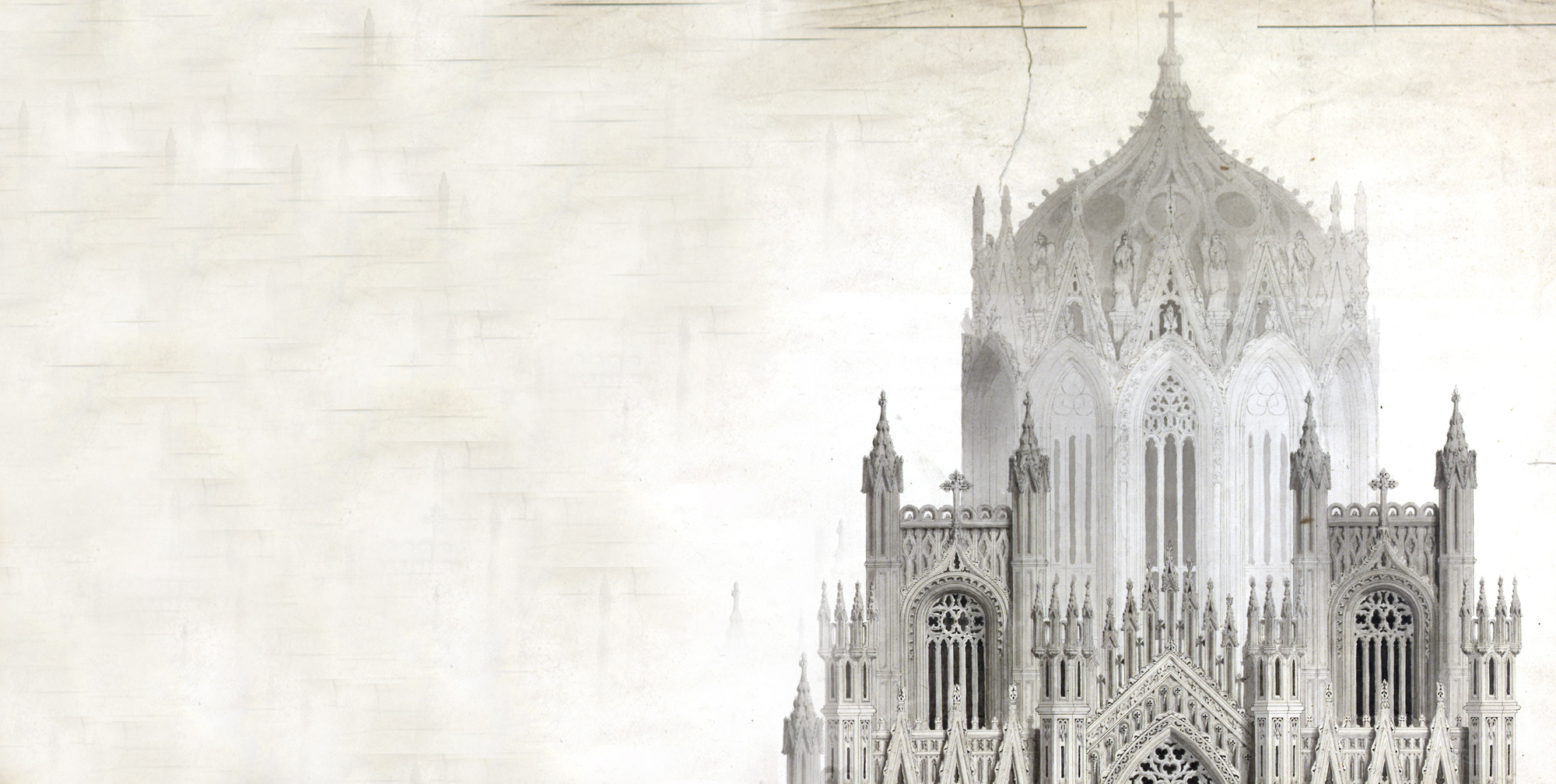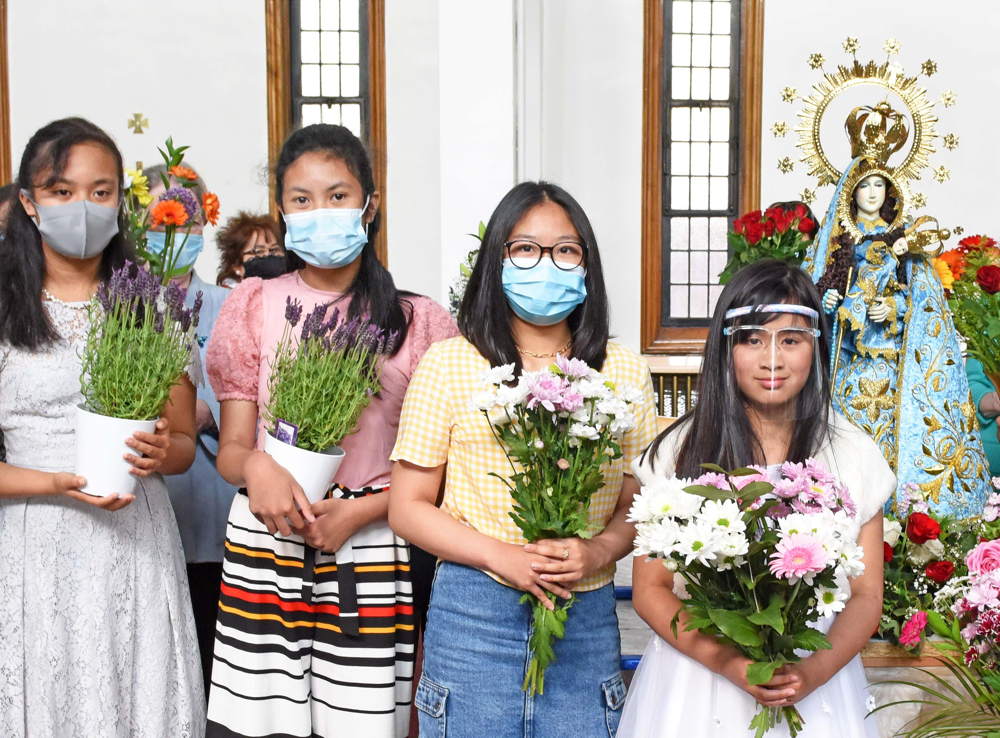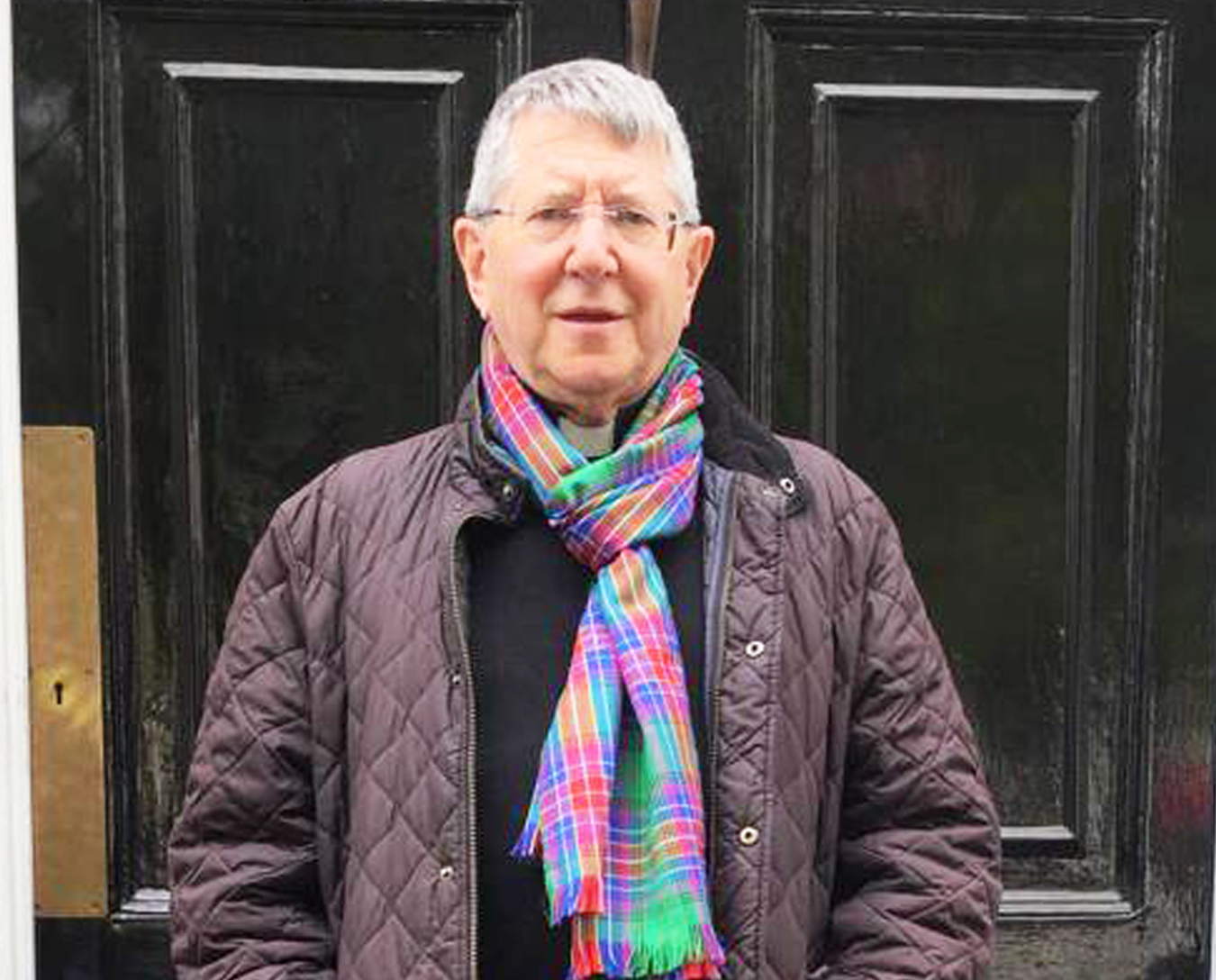
Official Journal of the Archdiocese of Glasgow
June 2021


Official Journal of the Archdiocese of Glasgow
June 2021

Rosary

The Pope’s plea to pray the Rosary throughout May to end the pandemic held special significance for the Glasgow Filipino community.
Read more…
Environment

Inspired by Laudato Si, Pope Francis’ landmark encyclical letter on care for the environment, Scotland’s bishops have unveiled a bold new plan to help parishes dramatically reduce their carbon footprint with the launch of a Care of Creation Office.
Read more…
Ordinariate

A new tartan has been produced for one of Scotland’s newest Catholic groups.
Read more…
The current emergency means our churches have had to close, but costs remain and some parishes are in a difficult situation. If your own circumstances allow it, please consider helping us by donating £5 during this worrying time. The Archdiocese has set up a system whereby you can simply text RCARCHGLA to 70085 to donate £5. Please share this emergency donation option with others, especially those who may be anxious because they normally contribute to their parish through collection envelopes. Those who use collection envelopes are asked to continue to place donations in these and deliver them to the local parish after the emergency has passed.